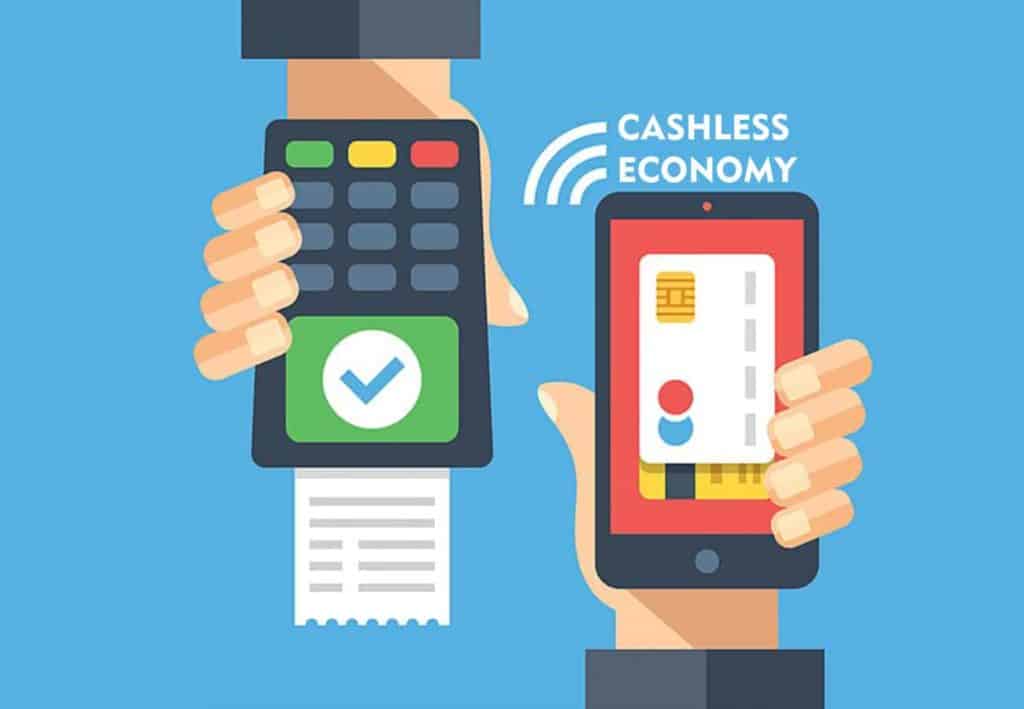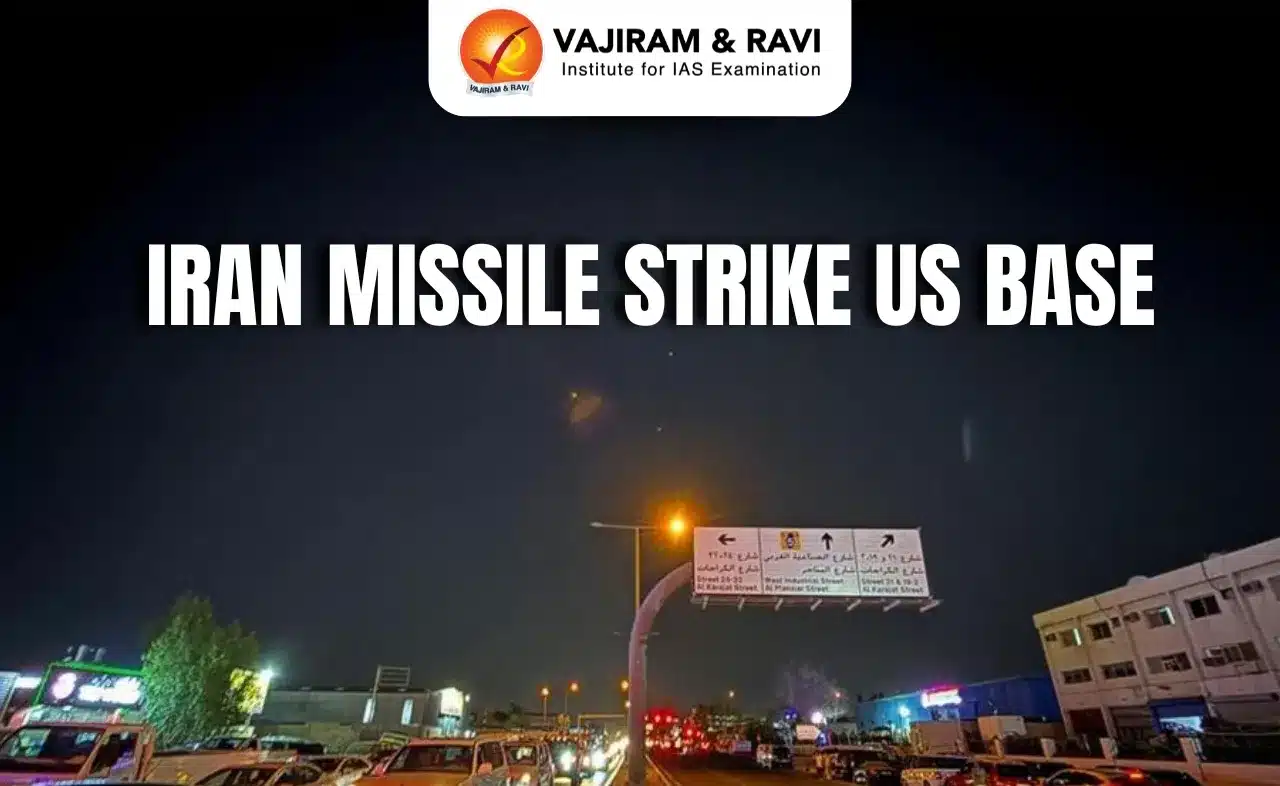What’s in today’s article?
- Why in News?
- India’s Move Towards a Cashless Economy
- Latest Developments in India’s Digital Payment Landscape
- Challenges to India’s Digital Payment Landscape
- Way Ahead
Why in News?
- According to government data, India with 89.5 million digital transactions (46% of the global real-time payments) in the year 2022 has topped the list of 5 countries (followed by Brazil, China, Thailand and S. Korea) in digital payments.
India’s Move Towards a Cashless Economy:
- Cashless economy refers to the economy where transactions are done using digital payment methods instead of using cash.
- India’s move towards a cashless economy started nearly 3 decades ago with the introduction of online banking.
- However, the digital payments ecosystem received its first real boost when the Reserve Bank of India (RBI) set up the National Payments Corporation of India (NPCI) in 2008.
- It was launched to shape the payments infrastructure and enable innovations.
- This led to the launch of Immediate Payment Service (IMPS) in 2010 followed by the RuPay payment network, Aadhar Enabled Payment System (AEPS), Bharat QR, etc.
- The 2016 launch of the Unified Payment Interface (UPI), that enabled instant real-time payment based on a unique handle linked to a mobile number, can be considered the spark that ignited this journey.
- Since then, the volume of digital payments in India has grown by 50% annually to $1.5 trillion digital payment transactions as of December 2022.
Latest Developments in India’s Digital Payment Landscape:
- The NPCI is now enabling non-resident Indians (NRIs) to leverage UPI in countries such as Saudi Arabia, Singapore, Canada, Hong Kong, Qatar, the USA, etc.
- The Indian government is expanding UPI, RuPay, and the BHIM app’s functionality in several countries to simplify cross border payment processing and strengthen interoperability.
- The RBI has also recently launched the digital rupee (e₹), India’s central bank digital currency (CBDC), categorised as a legal tender in digital form.
Challenges to India’s Digital Payment Landscape:
- Lack of adequate infrastructure: In the current scenario, digital payment systems are heavily reliant on smartphones that are enabled with data connections, NFC, bluetooth, etc.
- Out of India’s 800 Mn mobile phone users, only 200 Mn use smartphones. Of these, only 6 Mn are NFC-enabled.
- Reach of digital penetration to end mile of customers: There is a digital divide between rural and urban India.
- Prone of fraudulent transactions and cyber-attacks, rise of transactional failures, etc.
Way Ahead:
- The RBI’s Payments Vision 2025 document: It highlights 5Is – integrity, inclusion, innovation, institutionalisation and internationalisation – for digital payment landscape.
- Digital education: To make citizens aware of fraudulent practices that they can come across while making digital payments.
- Use of technology: Developing a framework for an internet of things (IoT)-based payments systems that would enable customers to pay via connected devices apart from users’ phones and tablets.
- Reviewing legal-institutional infrastructure: The RBI will also undertake a comprehensive review of the Payment and Settlement Systems (PSS) Act 2007, to bring it in line with India’s digital payment landscape.
- Innovation and robust regulatory framework: Like the new Digital Personal Data Protection Bill, Digital India Bill to drive growth and cutting-edge innovation for digital payments, not just in the country but globally.
Q1) What is Near Field Communication (NFC)?
NFC is a set of communication protocols that enables communication between two electronic devices over a distance of 4 cm (1.57 in) or less. NFC offers a low-speed connection through a simple setup that can be used to bootstrap more capable wireless connections.
Q2) How does the unified payment interface (UPI) work?
The UPI is a technology that combines multiple banking services, smooth fund routing, and merchant payments into a single mobile app that can be used by any bank that participates. It also works with “Peer-to-Peer” requests, which can be scheduled and paid for based on need and convenience.
Source: India dominating digital payment landscape, leading the way towards a cashless economy: Centre
Last updated on June, 2025
→ UPSC Notification 2025 was released on 22nd January 2025.
→ UPSC Prelims Result 2025 is out now for the CSE held on 25 May 2025.
→ UPSC Prelims Question Paper 2025 and Unofficial Prelims Answer Key 2025 are available now.
→ UPSC Calendar 2026 is released on 15th May, 2025.
→ The UPSC Vacancy 2025 were released 1129, out of which 979 were for UPSC CSE and remaining 150 are for UPSC IFoS.
→ UPSC Mains 2025 will be conducted on 22nd August 2025.
→ UPSC Prelims 2026 will be conducted on 24th May, 2026 & UPSC Mains 2026 will be conducted on 21st August 2026.
→ The UPSC Selection Process is of 3 stages-Prelims, Mains and Interview.
→ UPSC Result 2024 is released with latest UPSC Marksheet 2024. Check Now!
→ UPSC Toppers List 2024 is released now. Shakti Dubey is UPSC AIR 1 2024 Topper.
→ Also check Best IAS Coaching in Delhi













